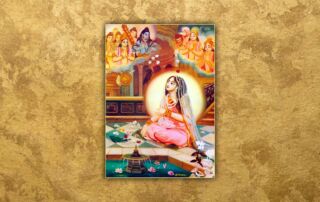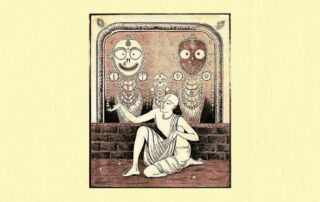Garbha Stotra Verse Five
In 1870, Śrīla Bhaktivinoda Ṭhākura wrote a commentary to the Garbha Stotra of Śrīmad Bhāgavatam (10.2.26-40) wherein the Demigods pray to Kṛṣṇa within the womb of Devakī. His commentary, the Sambandha Tattva Candrikā (‘That Moon which Reveals the Reality of One’s Relationship with the Lord’) was based upon that of the famous Vaiṣṇava commentator, Śrī Śrīdhara Svāmī.












